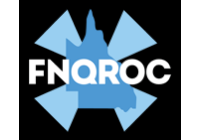Analysis of the families with children in FNQROC region in 2021 compared to Mareeba (S) shows that there was a larger proportion of couples with young children, and a similar proportion of couples with older children.
Overall, 12.5% of total households with children were couple with young children, and 6.1% were couples with older children, compared with 10.9% and 6.6% respectively for Mareeba (S).
There were a larger proportion of single parent households with young children and a similar proportion of single parent households with older children. Overall, the proportion of single parent households with young children was 4.7% compared to 3.9% in Mareeba (S) while the proportion of single parent households with older children was 4.6% compared to 4.5% in Mareeba (S).
